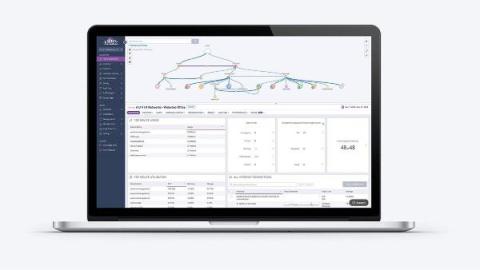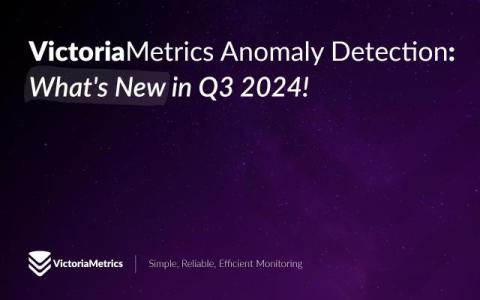3 Ways to Streamline Kubernetes Operations with PagerDuty Automation
Kubernetes popularity continues to grow, with over 60% of organizations maintaining multiple Kubernetes across diverse environments and teams in some capacity. However, as clusters multiply, so do operational challenges: from monitoring hundreds of microservices to responding to and escalating incidents across distributed systems.











